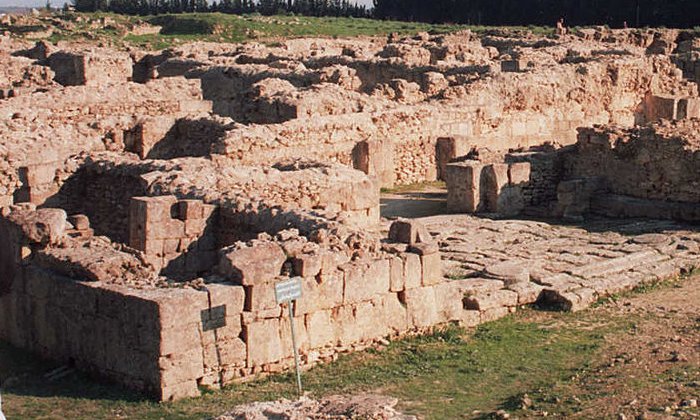Forgotten Ancient Ugarit: One Of The Flourishing And Oldest Cities Of Canaan
A. Sutherland - AncientPages.com - The forgotten ancient Canaanite city of Ugarit was discovered in 1928 by a local farmer plowing his field. He was unaware that he accidentally came across the remains of an old seaport at its political, religious, and economic greatness around the 12th century BC.
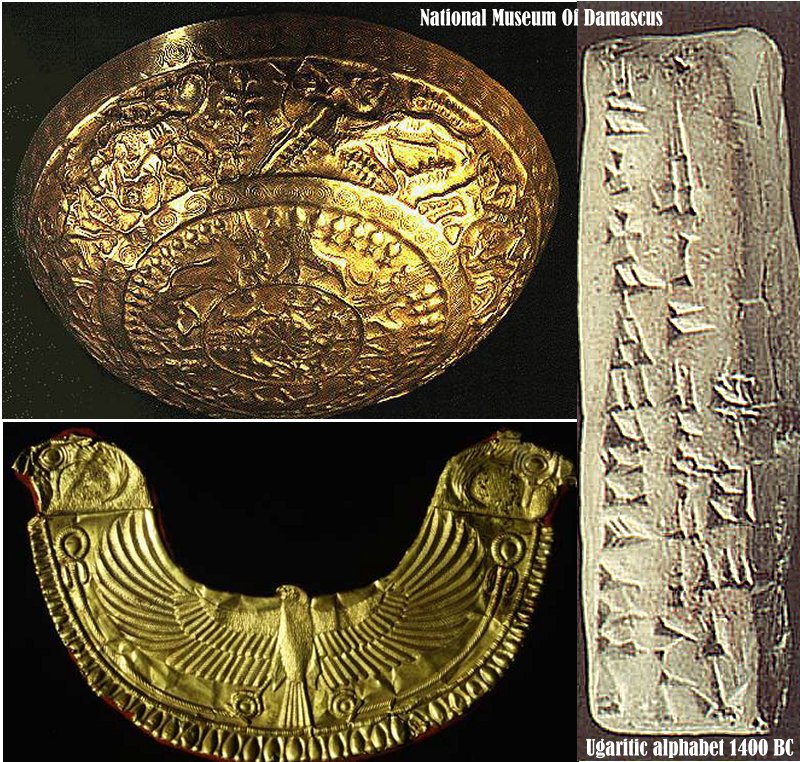 Artifacts from the ancient city of Ugarit. Credits: National Museum Of Damascus
Artifacts from the ancient city of Ugarit. Credits: National Museum Of Damascus
Soon, the site, called by the residents of Ras Shamra, became an important place for discoveries of a cemetery only 150 meters from the Mediterranean Sea, an ancient city of Ugarit, and a royal palace built on a trapezoid-shaped mound about 20 meters high.
Ugarit was one of the significant Canaanite city-states during the second millennium BC. At first, the vaulted tombs found at the site and the painted pottery of Ugarit's cemetery suggested that the ancient city was a Mycenaean colony. However, as the first texts were unearthed, deciphered, and translated, it became evident that Ugarit was a Semitic city.
In the graves, they discovered Egyptian artifacts dated to the 2nd millennium BC, including Phoenician, Mycenean, and Cypriot items.
The city was located in a large artificial mound called Ras Shamra (Raʾs Shamrah), about 10 km (6 miles) north of Latakia, on the Mediterranean coast of northern Syria. Archaeological excavations since then have also uncovered ruins of temples, libraries, and private houses.
The most important discovery of the French archaeologists working at the site was a collection of tablets carved with an unknown (at that time) cuneiform script. The excavations of the area revealed finds of ancient records in cuneiform script.
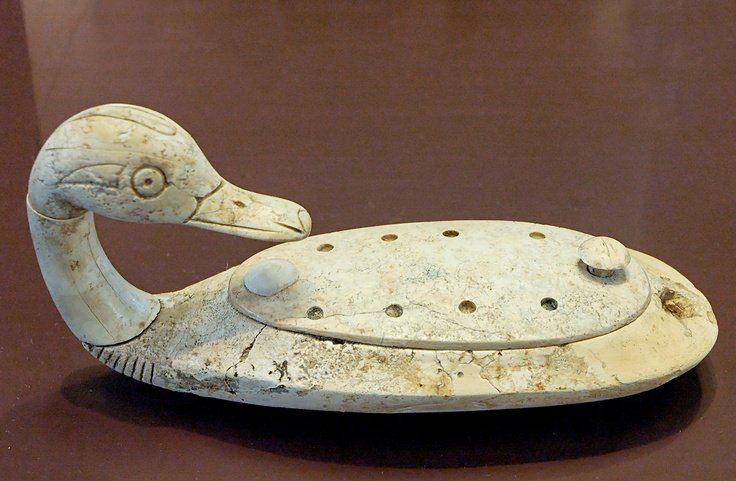 A duck container made from hippopotamus tusk dated to the 13th century BC was found at Minet el-Beida, a place that served as the harbor town and necropolis for Ugarit. Image credit: Marie-Lan Nguyen - Public Domain
A duck container made from hippopotamus tusk dated to the 13th century BC was found at Minet el-Beida, a place that served as the harbor town and necropolis for Ugarit. Image credit: Marie-Lan Nguyen - Public Domain
The texts are written on clay tablets in the Babylonian cuneiform script or the particular alphabetic script invented in Ugarit. Several copies of this alphabet, with its 30 signs, were found in 1949 and later. A shorter alphabet, with 25 or even 22 characters, has been used by 13th-century traders.
The most important thing about the Ugaritic alphabet is that it was developed from cuneiform writing and was one of the most significant achievements in human culture because it enabled scribes to write based on only a few memorized letters, which were combined into words without the large and complex vocabulary of hieroglyphs or cuneiform patterns.
Scribes used four languages: Ugaritic, Akkadian, Sumerian, and Hurrian, and seven different scripts were used in Ugarit in this period: Egyptian and Hittite hieroglyphic and Cypro-Minoan, Sumerian, Akkadian, Hurrian, and Ugaritic cuneiform. These show clearly the multicultural character of the city.
A few years later, some of the Ugaritic texts were deciphered and revealed they belonged to the famous city of Ugarit.
Ruins of Ugarit. Image credit: - LorisRomito - CC BY-SA 3.0
The Ugaritic texts helped reveal an entirely new mythological and religious literature, and several palatial and private libraries were found, along with archives dealing with all aspects of the city's political, social, economic, and cultural life.
Today, the Ugaritic alphabet – closely related to Aramaic, Syriac, and Hebrew - no longer exists, but the Greek alphabet became its reincarnation.
Ugarit has a very long history. A city was built on the site in the Neolithic period around 6000 BC. The oldest written evidence of the town is found in some texts from the nearby city of Ebla, written around 1800 BC. Many texts discovered at Ugarit revealed an Old Canaanite mythology, which played an essential role in the city. A tablet names the Ugaritic pantheon with the principal deities: Babylonian equivalents - El, the supreme god of the Canaanites, Asherah of the Sea, and Baal.
The population of Ugarit at that time was roughly almost 8000 people. Ugarit traded with Egypt, Cyprus, the Aegean, Syria, the Hittites, and much of the eastern Mediterranean region.
The city of Ugarit was dominated by the Egyptians through 1400 BC. Soon after 1200 BC, Ugarit came to an end.
During the last Bronze Age, the king of Ugarit, Ammurapi, who reigned circa 1215 to 1180 BC, wrote:
'My father, behold, the enemy's ships came (here); my cities(?) were burned, and they did evil things in my country. Does not my father know that all my troops and chariots(?) are in the Land of Hatti, and all my ships are in the Land of Lukka?... Thus, the country has abandoned itself. May my father know it: the seven enemy ships that came here inflicted much damage upon us...'
No help arrived at Ugarit, which was burned to the ground at the end of the Bronze Age.
Written by A. Sutherland - AncientPages.com Senior Staff Writer
Updated on January 21, 2024
Copyright © AncientPages.com All rights reserved. This material may not be published, broadcast, rewritten or redistributed in whole or part without the express written permission of AncientPages.com.
Expand for referencesReferences:
Peter C. Craigie, Ugarit and the Old Testament
de Lafayette, M. Encyclopedia of Gods and Goddesses of Mesopotamia Phoenicia, Ugarit,
Canaan, Carthage, and the Ancient Middle East.
More From Ancient Pages
-
 Ancient Secrets Of The Nine Unknown Men: Guardians Of Forbidden Knowledge Hidden From Humanity
Ancient Mysteries | Aug 28, 2014
Ancient Secrets Of The Nine Unknown Men: Guardians Of Forbidden Knowledge Hidden From Humanity
Ancient Mysteries | Aug 28, 2014 -
 Surprising Mask Of A Human Face Found On Cistern Wall In The Ancient City Of Ptolemais
Archaeology | Jan 17, 2025
Surprising Mask Of A Human Face Found On Cistern Wall In The Ancient City Of Ptolemais
Archaeology | Jan 17, 2025 -
 MUL.APIN Tablets: Babylonian Knowledge Of Astronomy And Astrology Recorded In Cuneiform Writing
Artifacts | Sep 27, 2019
MUL.APIN Tablets: Babylonian Knowledge Of Astronomy And Astrology Recorded In Cuneiform Writing
Artifacts | Sep 27, 2019 -
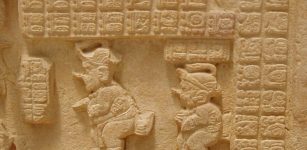 Alux: Little Mythical Troublemaker And Guardian Of Corn Fields In Mayan Folklore
Featured Stories | Jun 11, 2019
Alux: Little Mythical Troublemaker And Guardian Of Corn Fields In Mayan Folklore
Featured Stories | Jun 11, 2019 -
 Athena – Goddess Of Wisdom Delivered Punishments And Gifts
Featured Stories | Dec 31, 2018
Athena – Goddess Of Wisdom Delivered Punishments And Gifts
Featured Stories | Dec 31, 2018 -
 3,000-Year-Old Graves With Some Oldest Burial Sites Discovered in Central Norway
Archaeology | Dec 8, 2017
3,000-Year-Old Graves With Some Oldest Burial Sites Discovered in Central Norway
Archaeology | Dec 8, 2017 -
 Ancient DNA Reveals Missing Link In The History Of Indo-European Languages
Linguistic Discoveries | Feb 5, 2025
Ancient DNA Reveals Missing Link In The History Of Indo-European Languages
Linguistic Discoveries | Feb 5, 2025 -
 Unexplained Mystery Of The Glowing Woman Who Baffled Scientists
Featured Stories | Jun 6, 2022
Unexplained Mystery Of The Glowing Woman Who Baffled Scientists
Featured Stories | Jun 6, 2022 -
 On This Day In History: Robert I, King Of Scots Known As ‘Robert The Bruce’ Was Born – On July 11, 1274
News | Jul 11, 2016
On This Day In History: Robert I, King Of Scots Known As ‘Robert The Bruce’ Was Born – On July 11, 1274
News | Jul 11, 2016 -
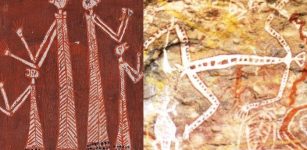 Immortal Mimi Spirits In Beliefs Of Aborigines Of Arnhem Land
Featured Stories | Mar 26, 2020
Immortal Mimi Spirits In Beliefs Of Aborigines Of Arnhem Land
Featured Stories | Mar 26, 2020 -
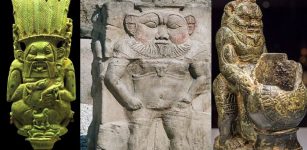 Bes – Ancient Egyptian Dwarf God Of Childbirth, Humor, Song and Dance
Egyptian Mythology | Sep 9, 2016
Bes – Ancient Egyptian Dwarf God Of Childbirth, Humor, Song and Dance
Egyptian Mythology | Sep 9, 2016 -
 Legacy Of The Iconic Sycamore Gap Tree – Historical Landmark At Hadrian’s Wall
Featured Stories | Mar 28, 2024
Legacy Of The Iconic Sycamore Gap Tree – Historical Landmark At Hadrian’s Wall
Featured Stories | Mar 28, 2024 -
 2,000-Year-Old Historical Tombs Unearthed In Close Vicinity To Ancient City Of Laodicea
Archaeology | Jan 23, 2020
2,000-Year-Old Historical Tombs Unearthed In Close Vicinity To Ancient City Of Laodicea
Archaeology | Jan 23, 2020 -
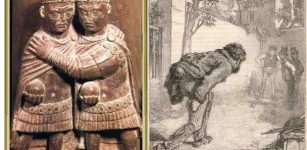 Ancient Egyptians Played Bowling 5,000 Years Ago
Ancient History Facts | Feb 22, 2016
Ancient Egyptians Played Bowling 5,000 Years Ago
Ancient History Facts | Feb 22, 2016 -
 7,000-Year-Old Grains Hints At Origin Of Swiss Pile Dwellings
Archaeology | Mar 3, 2022
7,000-Year-Old Grains Hints At Origin Of Swiss Pile Dwellings
Archaeology | Mar 3, 2022 -
 10,000 Years Ago Cattle Was Domesticated In The Central Nile Region – New Study
Archaeology | May 23, 2022
10,000 Years Ago Cattle Was Domesticated In The Central Nile Region – New Study
Archaeology | May 23, 2022 -
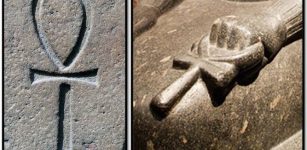 Secrets Of The Egyptian Ankh Cross And Its Energy Properties Revealed
Ancient Symbols | Feb 13, 2020
Secrets Of The Egyptian Ankh Cross And Its Energy Properties Revealed
Ancient Symbols | Feb 13, 2020 -
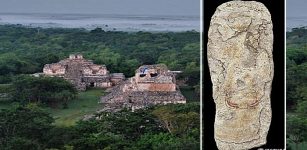 A Painted Vault Lid Discovered In Royal Palace Of Ek’ Balam Will Shed Light On History Of The Acropolis Of Ek’
Archaeology | Sep 16, 2023
A Painted Vault Lid Discovered In Royal Palace Of Ek’ Balam Will Shed Light On History Of The Acropolis Of Ek’
Archaeology | Sep 16, 2023 -
 Galileo Galilei Wrote A Controversial Astronomical Treatise Using A Pseudonym
News | Oct 6, 2022
Galileo Galilei Wrote A Controversial Astronomical Treatise Using A Pseudonym
News | Oct 6, 2022 -
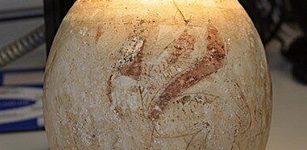 5,000-Year-Old Mystery: Decoration Of Eggs Predates Our Easter Tradition
Archaeology | Apr 9, 2020
5,000-Year-Old Mystery: Decoration Of Eggs Predates Our Easter Tradition
Archaeology | Apr 9, 2020

